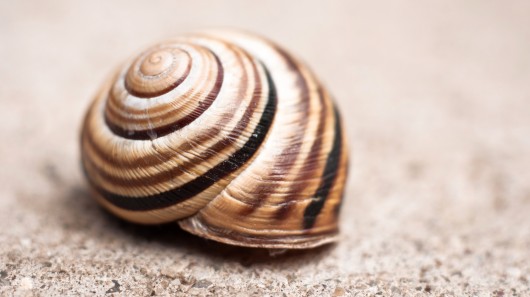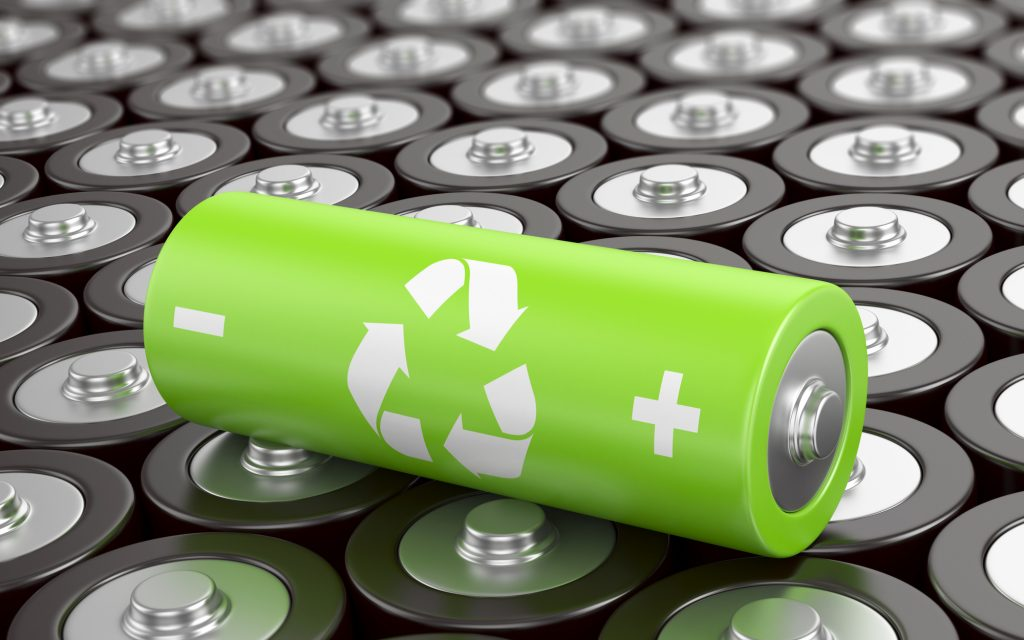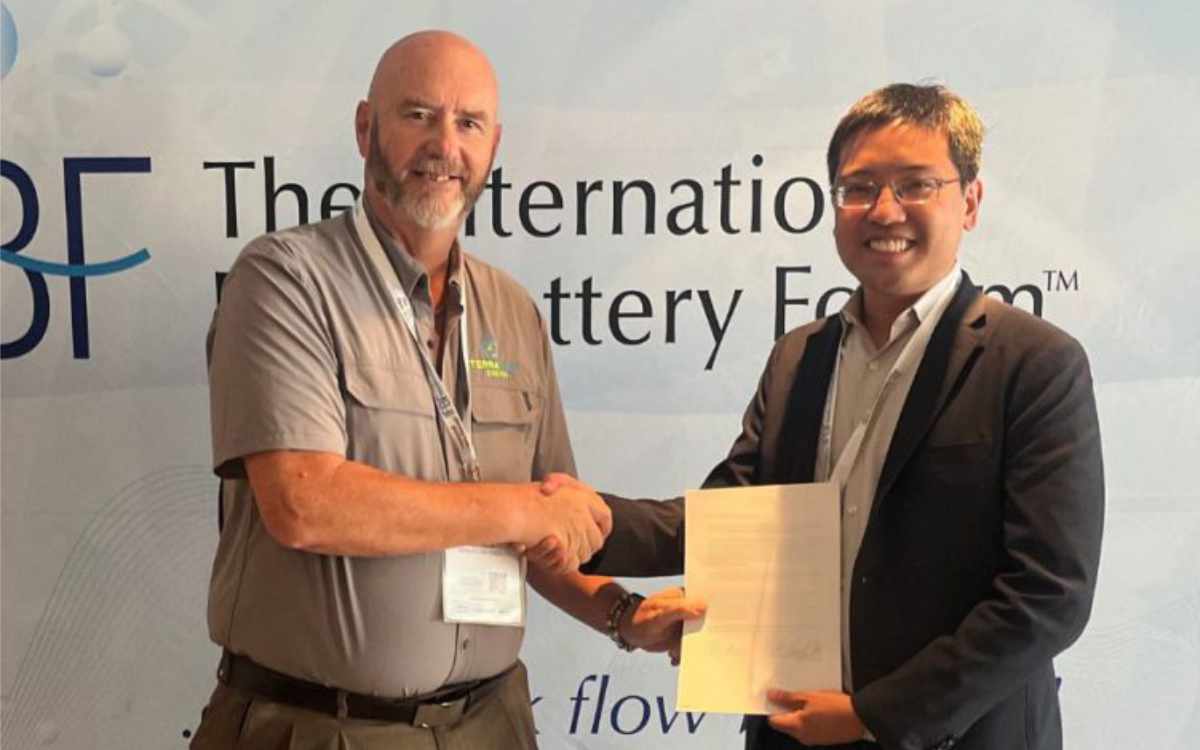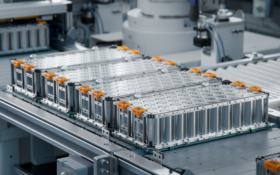Jokes about battery technology moving at a snails pace is closer to the mark that many thought after researchers discovered a peptide to boost Lithium-ion battery capabilities.
Inspired by mollusks, US researchers isolated a peptide – a type of biological molecule – to latch onto nanosized particles of lithium manganese nickel oxide (LMNO).
The discovery by researchers at University of Maryland, Baltimore County (UMBC) may pave the way for smaller, longer lasting Li-ion batteries.
By connected the peptides to conductive components of a battery electrode it may improve a batteries potential power and stability. Peptides bind strongly to LMNO, a material that can be used to make the cathode in high performance batteries.
The researchers then combined the newly-discovered peptide with a previously isolated peptide that binds to carbon nanotubes. Carbon nanotubes can serve as conductive nanowires in Li-ion electrodes.
By helping to maintain a highly organised architecture at the nanoscale, the researchers expect their peptides will improve the power and cycling stability of future Li-ion batteries.
Evgenia Barannikova, a graduate student at UMBC who works in the lab of Mark Allen, said one of the inspirations for her research was the way organisms such as mollusks use peptides to control the growth of their shells.
She now plans to make an anode with similar techniques and to integrate the two components to demonstrate an entire biotemplated battery in her Ph.D. thesis.
Nanostructured electrodes in Li-ion batteries have several advantages over bulk material electrodes, including shorter distances for charge-carrying particles to travel and a high surface area that provides more active sites for electrochemical reactions to occur.
Barannikova and her colleagues used a procedure called “Phage Display” to screen more than one billion possible peptides in search of one that would stick strongly to lithium manganese nickel oxide.












